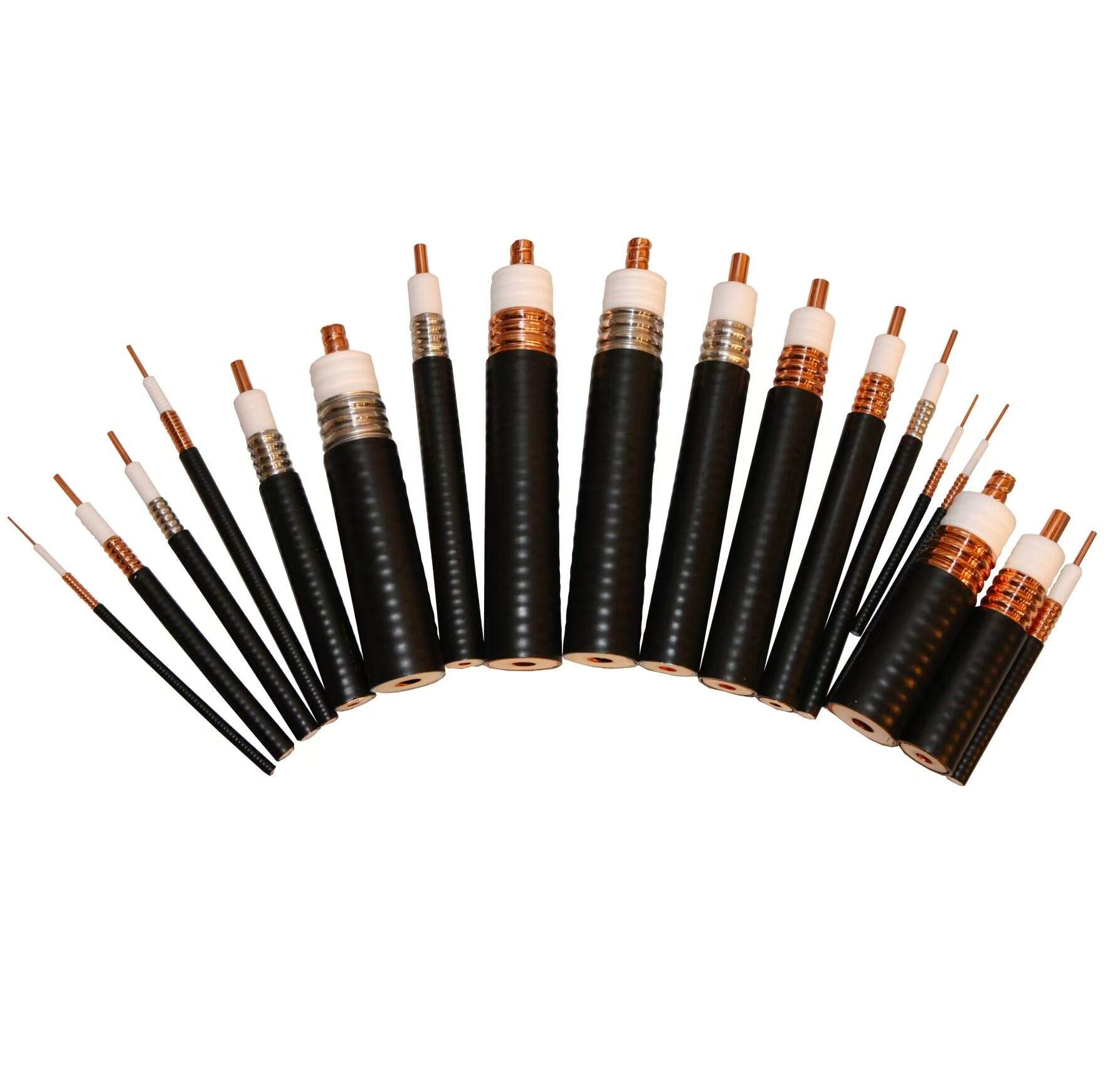
Understanding the Role of Feeder Cable in Base Station Signal Integrity The Function of Feeder Cable in RF Signal Transmission Feeder cables act as the main link carrying radio frequency (RF) signals from the Remote Radio Unit (RRU) to antennas with...
VIEW MORE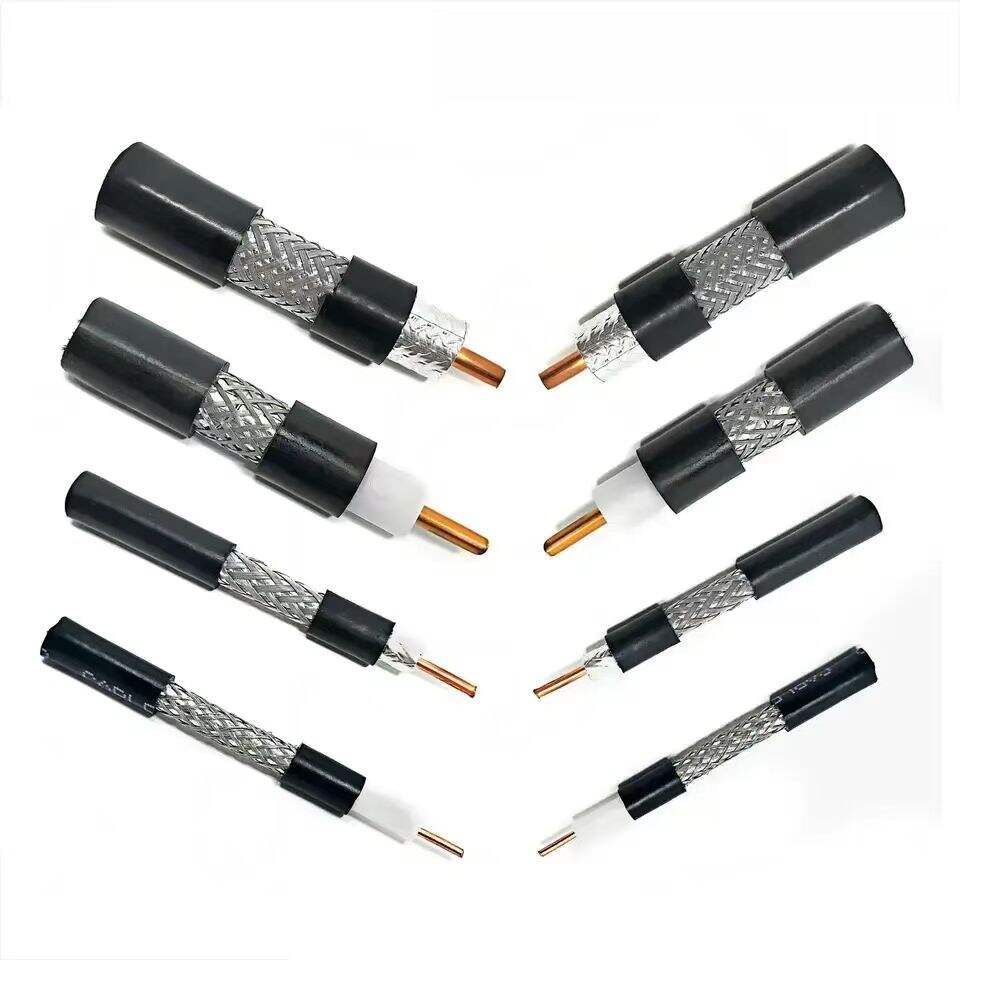
Cable Television and Satellite TV: Core Applications for Coaxial CableRole of Coaxial Cable in Modern CATV SystemsDespite newer technologies, coaxial cables still form the foundation for most Community Antenna Television (CATV) setups out there. Thes...
VIEW MORE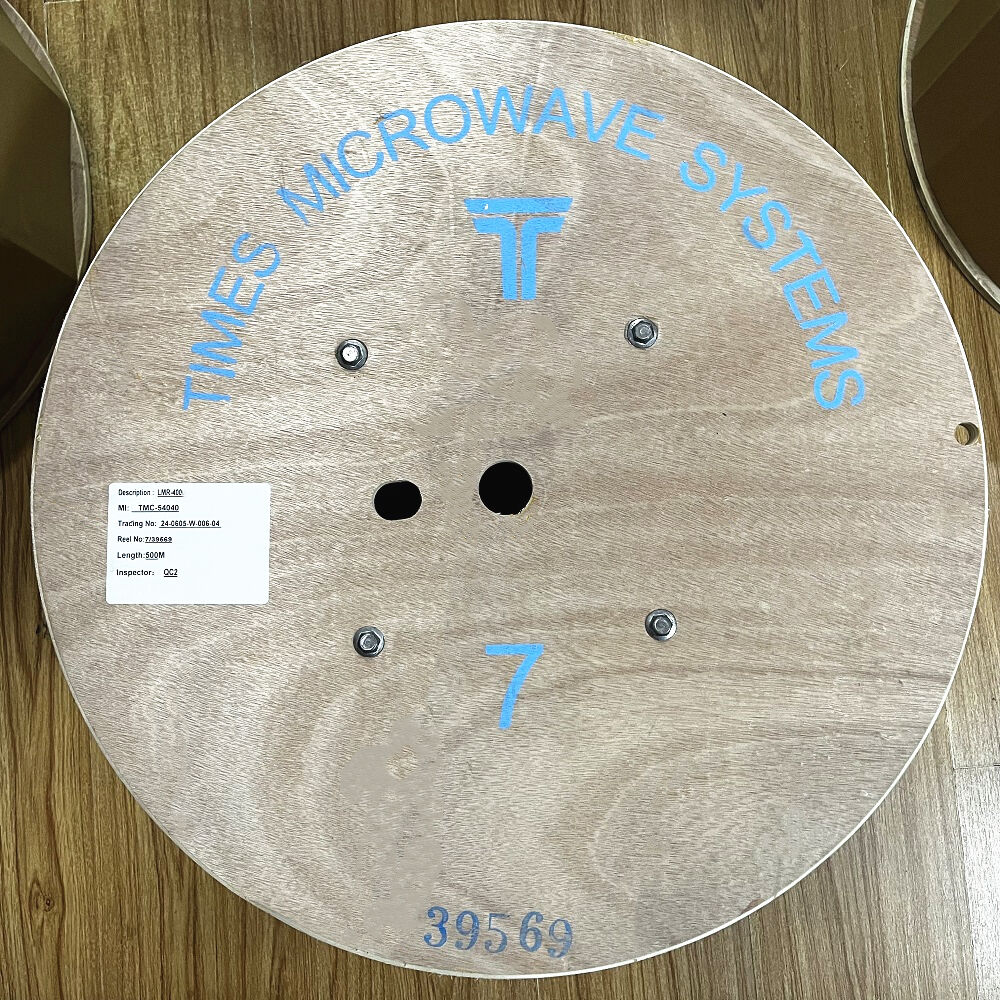
Low Signal Loss and RF Efficiency of LMR400 The LMR400 coaxial cable has really taken off in wireless communication systems because it does such a great job at cutting down on signal loss while keeping RF efficiency intact. What sets this cable apa...
VIEW MORE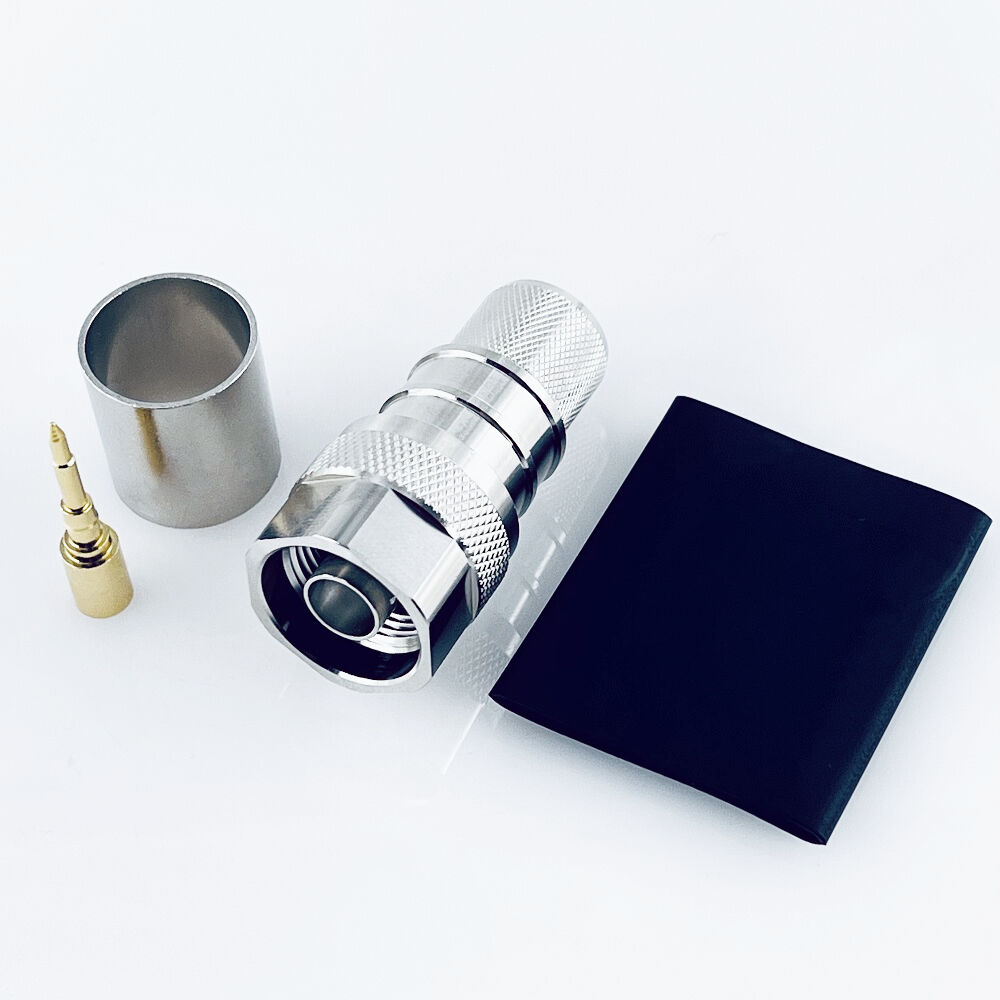
Fundamental Design and RF Performance of N ConnectorsUnderstanding N Connectors and Their Role in RF SystemsThe N connector has become pretty much essential for dependable RF systems thanks to those threaded couplings and their ability to stand up ag...
VIEW MORE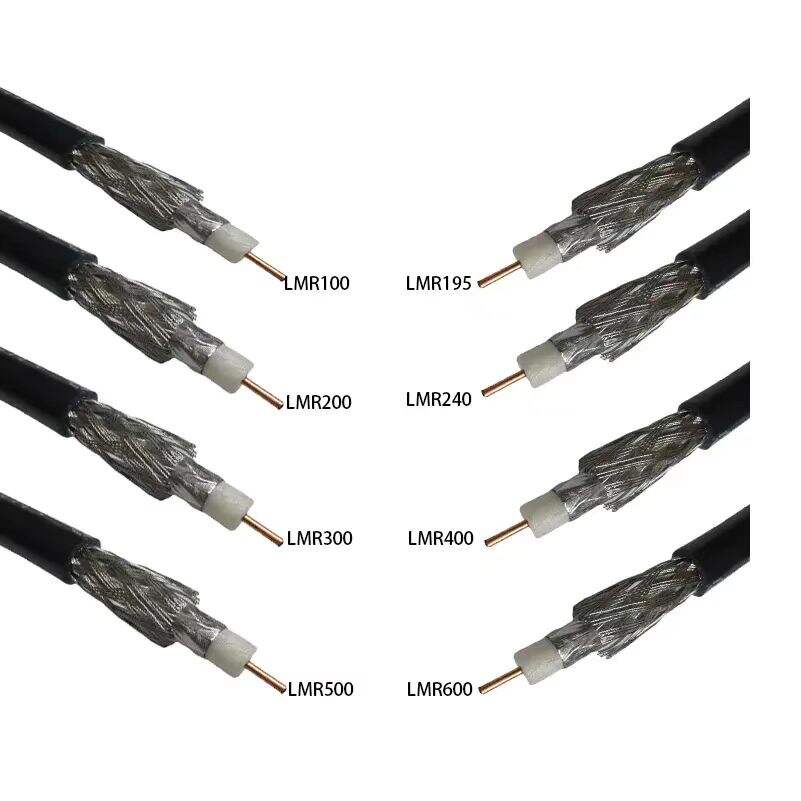
Superior Shielding and Noise Immunity in RF Coaxial CablesCore Structure of RF Coaxial CablesRF coaxial cables achieve noise resistance through a layered design: a central conductor surrounded by dielectric insulation, shielding, and an outer jacket....
VIEW MORERF Connector Types and Their Impact on Base Station PerformanceCommon RF Connector Types (e.g., SMA, N-Type, 7/16 DIN)When it comes to wireless infrastructure, three main RF connector types stand out above the rest: SMA, N-Type, and 7/16 DIN connecto...
VIEW MOREHow Lightning Arresters Work to Safeguard Communication SystemsUnderstanding Voltage Surges in Communication NetworksPrinciple of Operation: Diverting High-Voltage Transients to GroundLightning arresters work by providing a path of least resistance t...
VIEW MOREUnderstanding RF Attenuation and Its Role in Signal Management Definition of Attenuation in RF Coaxial Systems In RF coaxial systems, attenuation basically means reducing signal strength as it moves along transmission lines or components. We measur...
VIEW MORE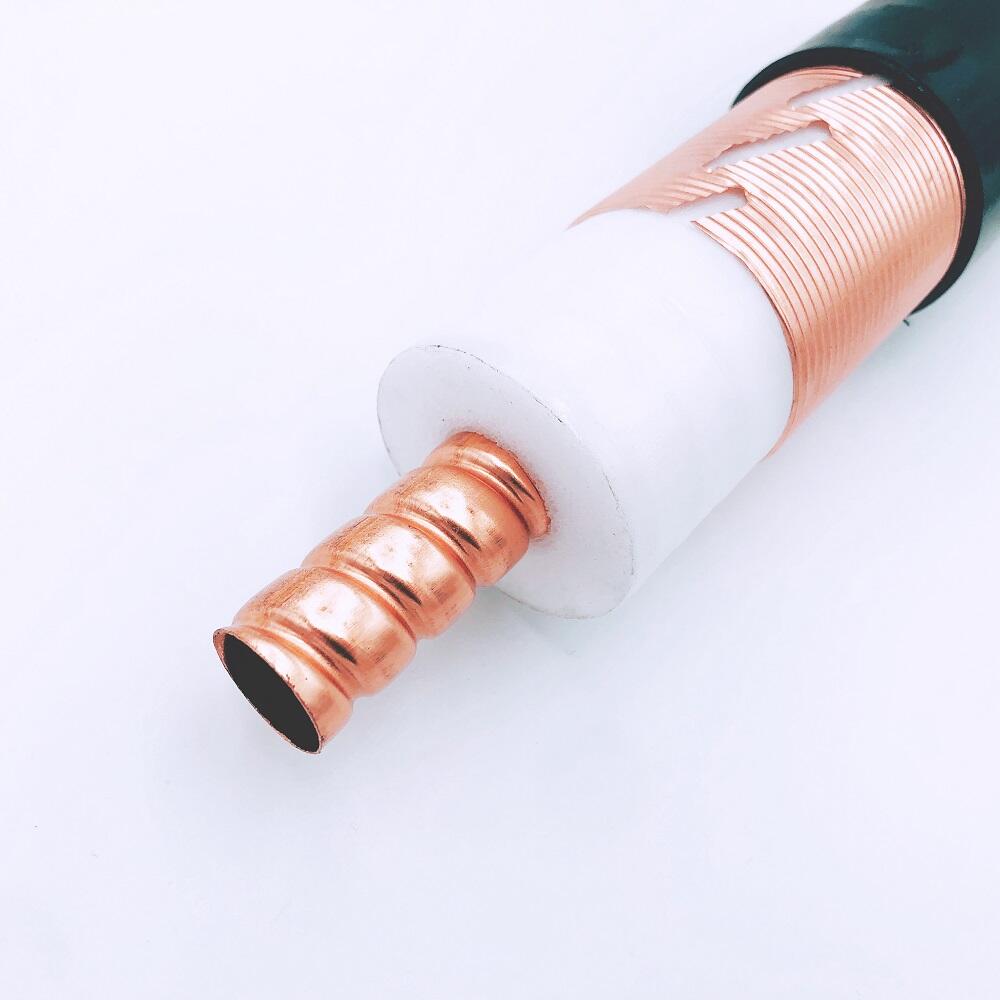
Understanding RF Feeder Cables: Core Functions and TypesWhat Are RF Feeder Cables and How Do They Function in Cellular Networks?RF feeder cables carry those radio frequency signals back and forth between important parts of cellular networks like ante...
VIEW MORE
Electrical and Physical Design of LMR400 Enabling Low Signal Loss Electrical Characteristics and Frequency-Dependent Attenuation of LMR400 The LMR400 cable really stands out when it comes to keeping signals strong, thanks to its carefully designed 5...
VIEW MORE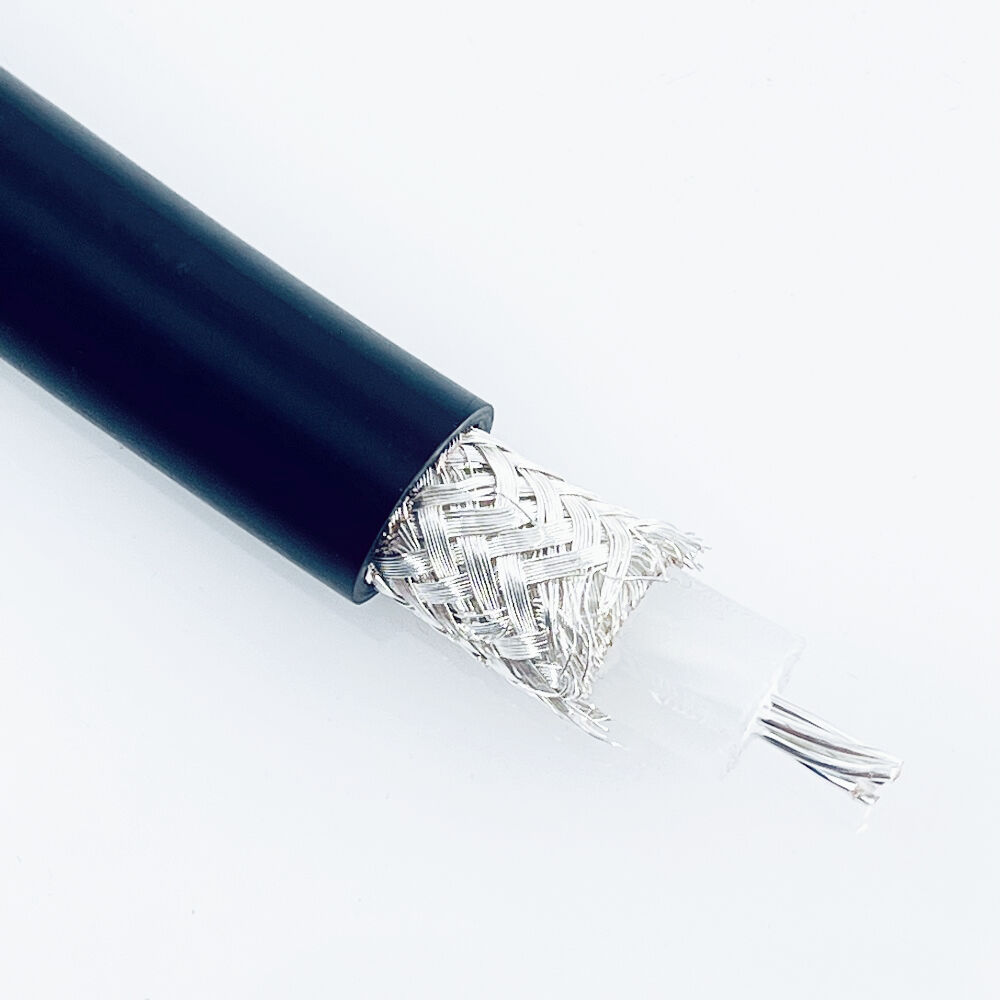
Key Physical and Electrical Differences Between LMR600 and LMR400 Cable Diameter, Impedance, and Construction Materials The LMR600 has a 0.6 inch diameter cable, which is quite a bit bigger than the LMR400's 0.4 inch size. This allows for a much thi...
VIEW MORE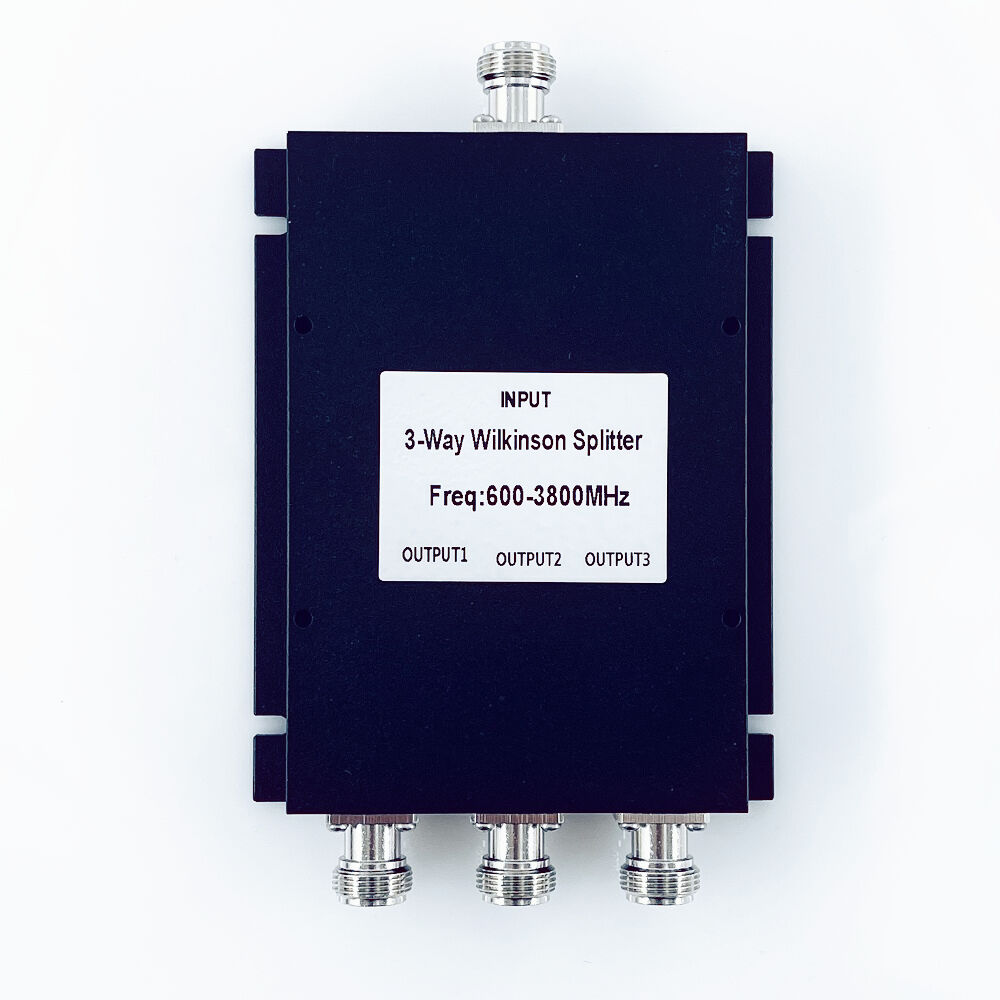
The Role of Passive Components in RF and Telecom Systems Understanding Passive Components in RF and Telecom Systems Passive components form the foundational building blocks of RF and telecom systems, enabling critical signal conditioning without int...
VIEW MORE
Copyright © 2024 by Zhenjiang Jiewei Electronic Technology Co.,Ltd - Privacy Policy